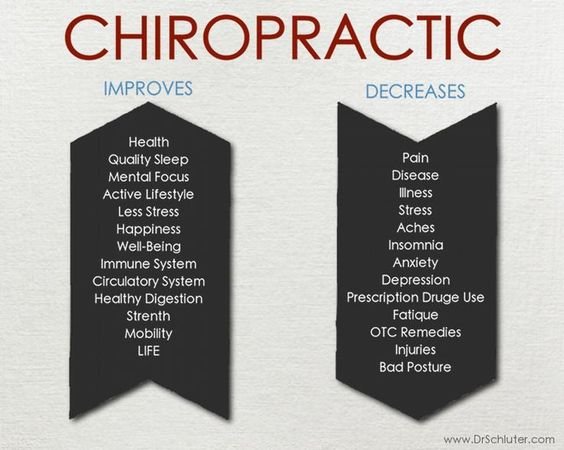Prepare Yourself To Check Out The Interesting Cellular Communications Of Cold Laser Treatment And Its Use Of Light For The Purpose Of Healing. Dive Better Into The World Of Science!
Prepare Yourself To Check Out The Interesting Cellular Communications Of Cold Laser Treatment And Its Use Of Light For The Purpose Of Healing. Dive Better Into The World Of Science!
Blog Article
Personnel Writer-Dougherty Hanna
You may have come across cold laser treatment as a promising therapy option for various conditions, yet have you ever asked yourself just how it in fact services a cellular degree? Comprehending cold therapy behind this therapy can clarify its performance in promoting recovery and minimizing swelling. By discovering the science behind cold laser therapy, you'll get insights right into the remarkable ways in which light can affect mobile processes and facilitate cells fixing.
How Cold Laser Treatment Functions
To understand how cold laser therapy works, you need to grasp the basic concepts of just how light power connects with organic tissues. Cold laser treatment, additionally known as low-level laser therapy (LLLT), uses particular wavelengths of light to pass through the skin and target hidden tissues. Unlike the intense lasers utilized in surgeries, cold lasers send out low levels of light that do not produce heat or create damages to the tissues.
When these mild light waves reach the cells, they're soaked up by components called chromophores, such as cytochrome c oxidase in mitochondria. This absorption causes a collection of organic responses, consisting of boosted mobile energy manufacturing and the launch of nitric oxide, which boosts blood flow and lowers swelling.
Moreover, the light power can also boost the production of adenosine triphosphate (ATP), the energy currency of cells, aiding in mobile repair work and regeneration processes.
Fundamentally, cold laser treatment utilizes the power of light power to advertise healing and minimize discomfort in a non-invasive and gentle fashion.
Devices of Action
Just how does cold laser therapy actually work to generate its healing impacts on organic cells?
Cold laser therapy, additionally referred to as low-level laser therapy (LLLT), runs through a process referred to as photobiomodulation. When the cold laser is related to the skin, the light energy passes through the tissues and is taken in by chromophores within the cells.
These chromophores, such as cytochrome c oxidase in the mitochondria, are then stimulated by the light power, causing a waterfall of biological reactions. One key mechanism of activity is the improvement of mobile metabolism.
The absorbed light power enhances ATP production in the mitochondria, which is essential for cellular feature and repair. Additionally, cold laser treatment assists to reduce swelling by inhibiting inflammatory arbitrators and advertising the launch of anti-inflammatory cytokines.
This anti-inflammatory effect adds to pain alleviation and tissue healing.
Healing Results
Recognizing the healing impacts of cold laser therapy involves identifying how the boosted cellular metabolic rate and anti-inflammatory buildings add to its favorable results on organic tissues.
When the cold laser is related to the damaged location, it stimulates the mitochondria within the cells, leading to increased production of adenosine triphosphate (ATP), which is essential for mobile function and repair work. This increase in cellular power speeds up the healing procedure by promoting tissue regeneration and minimizing swelling.
Additionally, the anti-inflammatory buildings of cold laser treatment aid to lower discomfort and swelling in the targeted location. By preventing inflammatory moderators and advertising the launch of anti-inflammatory cytokines, cold laser treatment aids in minimizing pain and boosting the general recovery response.
https://www.verywellhealth.com/laser-therapy-for-osteoarthritis-does-it-work-2552298 in swelling not just provides immediate alleviation but also supports lasting tissue repair.
Verdict
To conclude, cold laser treatment works by promoting cellular repair and cells regrowth through photobiomodulation. Its anti-inflammatory homes offer pain relief and minimize swelling by preventing inflammatory arbitrators.
This therapy uses a thorough technique to recovery, delivering both instant relief and long-lasting cells repair work benefits.
Via its mechanisms of activity, cold laser treatment verifies to be an efficient and appealing treatment alternative for a range of conditions.
